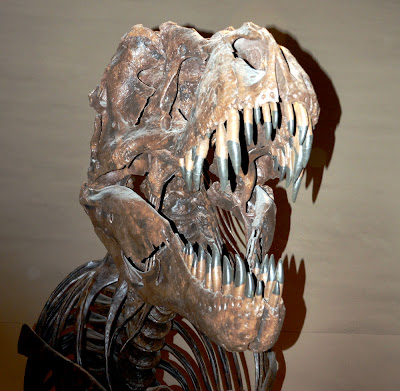No visit to Washington DC can be complete without a visit to the various museums on the National Mall in the city and amongst these museums, the most interesting, informative and educative is the National Museum of Natural History.
The National Museum of Natural History is part of the Smithsonian Institution and houses a national collection of more than 125 million natural science specimens and cultural artefacts. Some of the most popular displays are the dinosaur skeletons, artefacts of early man, a live coral reef and many more. The Museum is a great place to learn about the natural world through specimens, collections and exhibits.
The National Museum of Natural History is part of the Smithsonian Institution and houses a national collection of more than 125 million natural science specimens and cultural artefacts. Some of the most popular displays are the dinosaur skeletons, artefacts of early man, a live coral reef and many more. The Museum is a great place to learn about the natural world through specimens, collections and exhibits.
Tyrannosaurus Rex, 40 feet long and still fearsome after 65 million years
The Smithsonian National Museum of Natural History is a repository of the natural world. The world's natural and cultural wonders can be found in this preeminent museum. One can see the gigantic fossilized bones of creatures that roamed the earth as far back as 210 million years ago in The Dinosaur Hall
The Smithsonian National Museum of Natural History is a repository of the natural world. The world's natural and cultural wonders can be found in this preeminent museum. One can see the gigantic fossilized bones of creatures that roamed the earth as far back as 210 million years ago in The Dinosaur Hall
TheTriceratops ( Greek for 3 horned face) is the most distinctive dinosaur of its time - late cretaceous ( 70 million years ago).
A Stegosaurus, a plant eater of the late Jurassic Period - about 145 million years ago.






